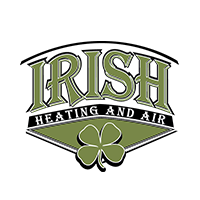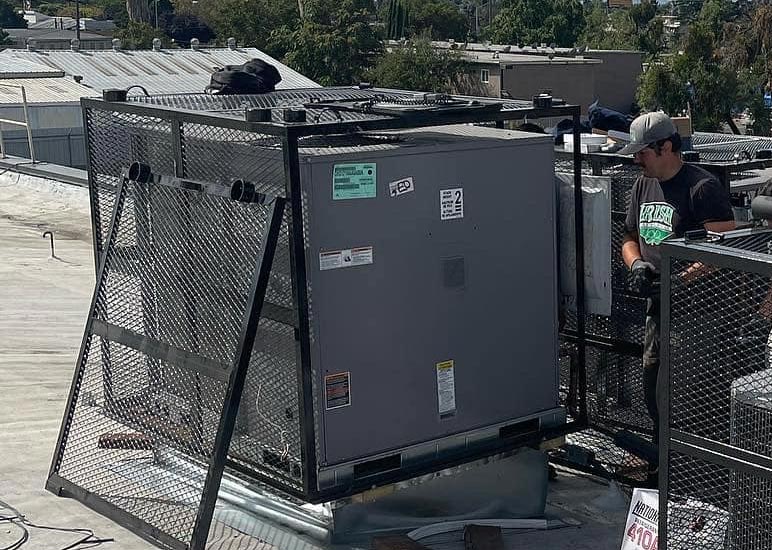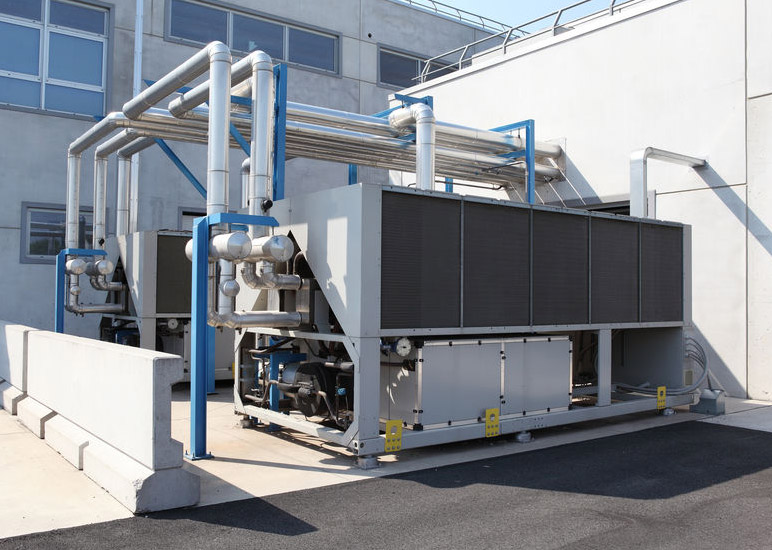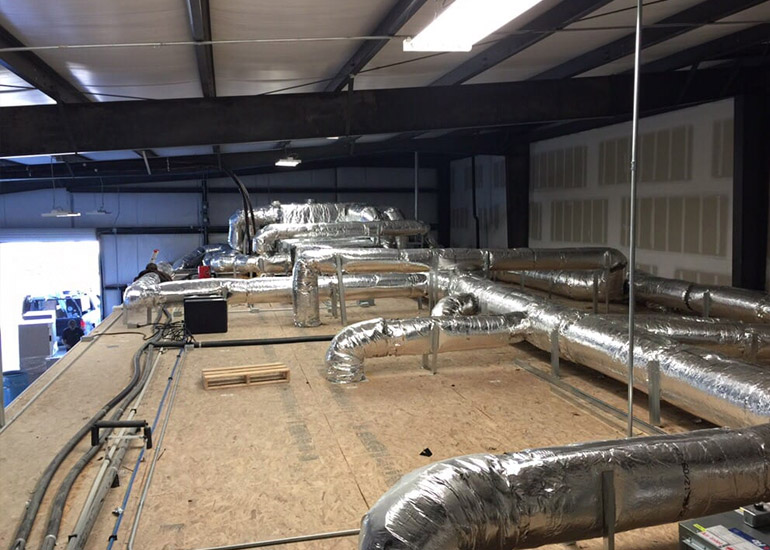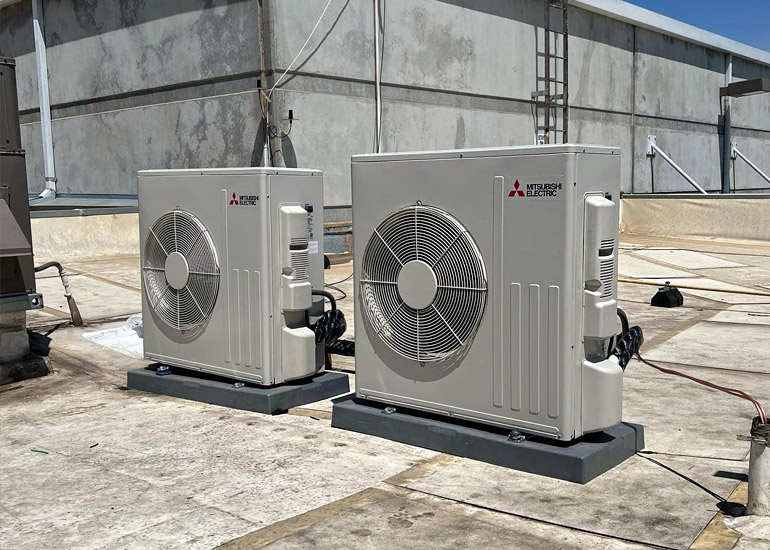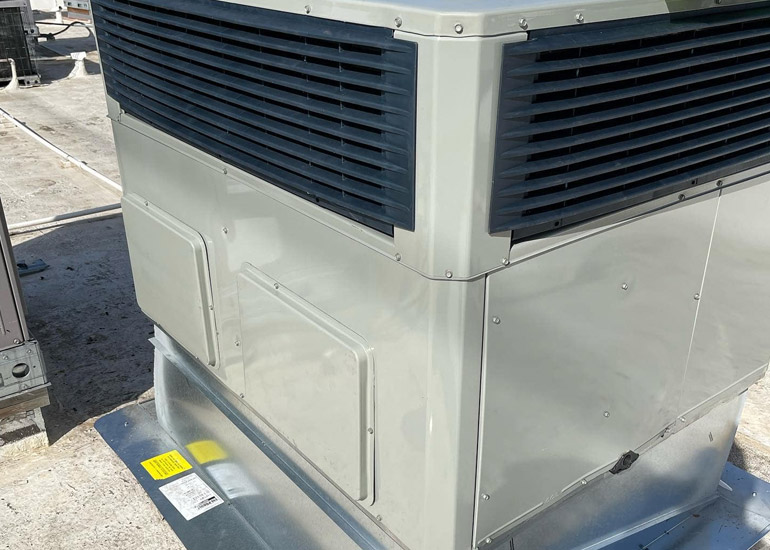 Restaurants have special HVAC needs. It isn’t ideal to simply take the kind of commercial system that you might install in an office building and install it in a restaurant. Instead, you need targeted solutions that will better manage temperature, humidity and air quality in your restaurant to get a space that is comfortable for productive staff and comfortable for happy customers. Here are some of the best HVAC systems for restaurants and the challenges they address.
Restaurants have special HVAC needs. It isn’t ideal to simply take the kind of commercial system that you might install in an office building and install it in a restaurant. Instead, you need targeted solutions that will better manage temperature, humidity and air quality in your restaurant to get a space that is comfortable for productive staff and comfortable for happy customers. Here are some of the best HVAC systems for restaurants and the challenges they address.
Reducing Kitchen Temperature
Anyone who steps into a commercial kitchen immediately realizes that the biggest need is to vent heat. Cooking, baking, frying, and even dishwashing generates high levels of heat, and any productive kitchen can easily become uncomfortable quickly. An air conditioning system for your kitchen is likely your first consideration for your HVAC system. The best commercial systems for this purpose will have consistent airflow in order to consistently cool the whole space.
Handling Dining Room Temperature
Zone heating and cooling is essential in restaurants as the dining room will not generate nearly as much heat as the kitchen, but still needs to be kept at a comfortable temperature. The heat in the dining room will also shift based on how busy it is. More people does mean a great deal more heat. In any season, you need a variable system that can adjust quickly to the flow of people through your space. That means a great ventilation system, as well as strong cooling and heating.
When customers are too cold, they may reach for a sweater or cut their meal short without ordering some of the most productive sales for restaurants, drinks and desserts. When customers are too hot, they may be likely to eat less out of discomfort too. So, you need a very consistent HVAC system that can heat or cool quickly.
Ventilation for Humidity
Commercial kitchens also generate a great deal of humidity from both cooking and from dishwashing. In the summer, this additional humidity can make it very hard to cool down both the kitchen and the dining room. High humidity retains heat in the air. So, for restaurants in hot climates especially, having strong ventilation systems for the kitchen, which ideally don’t run through the dining room, is ideal.
Your dining room and your public restrooms also need strong humidity in order to keep both spaces comfortable and feeling fresh. We suggest local ventilation for these spaces in most cases, and a separate system for the kitchen.
Managing Smells and Air Quality
Even when everything you cook is appetizing and even low on aroma, the smells of a commercial kitchen can still be overwhelming. HEPA filters and carbon cartridges are excellent options to filter out or absorb some of the smell to keep people focused on the enchanting scent of the food you’re serving them, and not hours of built-up smells from other peoples meals.
While these are important considerations, really you can get the best advice as to what HVAC system your restaurant needs from professional commercial HVAC systems.
